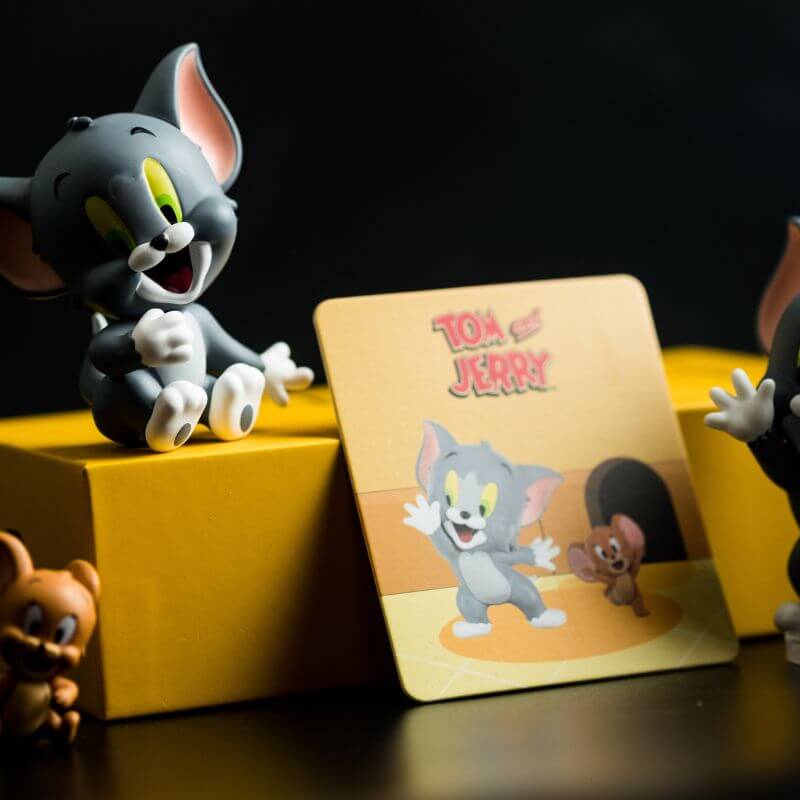Your Cart is Empty
FREE SHIPPING on all orders over $50!

To a collector, there are few words as thrilling as "limited edition." But what does that mean on the market--and, perhaps most importantly, what does it mean for your collection? Here's everything you need to know about limited edition items and their value.
To understand the importance of limited edition toys, you have to step inside the mind of a manufacturer.
Your job is to generate attention and therefore sales. Fortunately for you, many of the toys you make are built on popular brands such as Star Wars, so part of the work has already been done by the marketing and creative teams for those companies. But unless you have exclusive rights to the licenses, you likely have other manufacturers and their toys to compete with. How do you stand out on store shelves?
Simple: You introduce the idea of exclusivity.
Everyone likes to feel special, and everyone likes to snap up a "get it before it's gone" deal. It's the same reason McDonald's only offers the McRib or the Shamrock Shake at certain times and locations. People rush to have these experiences--not just because they're good, but because they're rare.
That feeling is somewhat magnified when it comes to collectible toys. You get to keep a limited edition action figure, show it off to your friends, maybe even sell it one day--and you can't do that with a McRib.
Toys are generally planned as limited edition releases well ahead of time. That means the company only ever intended to make a certain number--sometimes 1,000 or more, sometimes as low as 10, five, or even just one. This makes the toys more marketable to collectors and anyone interested in owning a comparatively rare item.
In other cases, toys were meant to be mass-produced but were discontinued for one reason or another. They became limited edition after the fact and likely weren't marketed as such, except by after-market or third-party sellers (usually collectors privy to the history of the toy's production run).
In still more cases, toys may be so incredibly limited that only one exists and it wasn't even meant to. This occurs when factory errors or other problems make an item undesirable to the general population. Sometimes, it's this exact rarity--and perhaps the nature of the factory error--that makes such toys a sought-after part of any collection.
Ready to add limited edition toys to your collection? Not so fast--there are a few things to think about first.
As you learn more about limited edition pieces and start building out your collection, it's smart to have a game plan. You don't have to know every detail--but giving yourself goals helps set you up for success.
Here are a few tips to keep you on the right track:
Limited edition toys are fun, but no single item has to feel like the be-all, end-all of your hobby. Look at rare toys as long-term goals and work toward them by focusing on other things in the meantime--for example, building a display case or collecting the less-rare toys in that same series.
Although you can make a lot of money selling rare toys at the right times, it's easy to forget that this is the same as any other investment--which means it comes with some inherent risk. Even if you're just collecting for fun, you should keep overall costs in mind and budget for bigger purchases so you're ready when you do find them.
To protect yourself, always do your research when buying collectible toys. Are you buying from a reputable toy seller? Is the toy a genuine limited edition? Does it have the right packaging, stickers, markings, and other identifiers? Is the price reasonable for the rarity, condition, and demand?
In conclusion, limited edition toys can be the heart of your collection. Just don't forget that there are plenty of other items out there that may be fun or valuable for other reasons.
Ready to find your new favorite collectible? Contact us today!